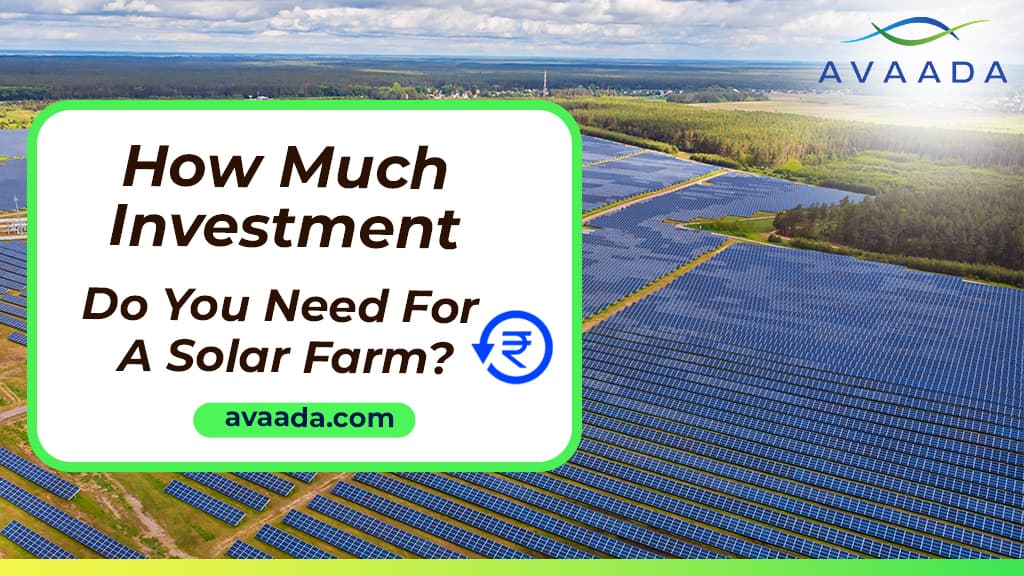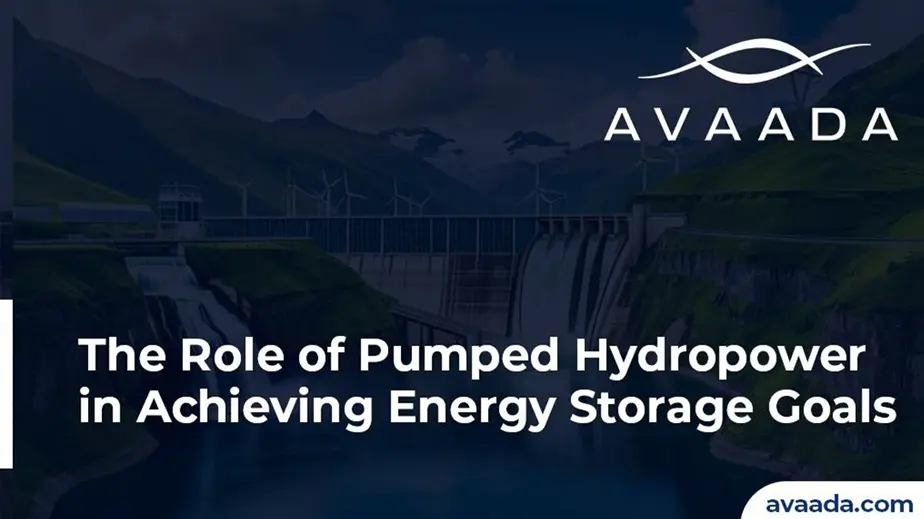Solar energy is a game changer for India, with abundant sunshine and government support. With increasing awareness of renewable energy and the urge to push sustainable development, investments in solar farms attract many new opportunities.
So How Much Investment Do You Need For A Solar Farm? This blog post will center on the main investment factors that determine the investment of a solar farm and will try to break it down for an approximate estimated cost so that potential investors have a better understanding.
Factors Determining Investment in a Solar Farm in India
The Indian setting can vary greatly in costs while putting up a solar farm. Below are some of the significant considerations:
1)Land Acquisition
Land acquisition is one of the primary investment factors. It depends on the capacity of the solar farm, which requires about 4-5 acres per MW of solar power. In different regions, the cost of land varies drastically and is between INR 3 lakh and INR 30 lakh an acre, depending upon the location, accessibility, and proximity to the power infrastructure grid. Land leasing is also an economic alternative to outright purchase, especially for large-scale projects.
2)Solar Panels and Kit
The majority of the installed units are solar panels, inverters, mounting structures, and other accessories. The price of solar panels has gone down in recent years; hence increasing access to solar energy.
In India, the cost per watt of solar lies between INR 20 and INR 25, which makes it a sum of INR 20 crore to INR 25 crore per MW, and then inverters and more electrical components add another 20-30%.
3)Installation and Labour
Installation cost is the most significant part of the investment. Civil work, mounting the panels, electrical wiring, and connecting the panel to the grid come under it. Labor costs would vary from one region to another and the size of the project. Installation cost for a 10 MW solar farm lies between INR 2 crore to INR 3 crore.
Learn about The RESCO Model in Solar Energy to understand alternative funding options for your solar farm investment.
4)Grid Connection and Infrastructure Development
Large solar farms, it connect to the nearest power grid, including the cost of setting up transmission lines, transformers, and other infrastructural support in place. This could vary depending on the distance between the project site and the nearest point of grid connection. It can be anything between INR 50 lakh and INR 2 crore.
5)Government Approvals and Licenses
A solar farm in India requires several clearances and licenses from the government. These comprise environment clearances, approvals for grid connectivity, and land-use permissions. The amount to be spent for such approvals differs, but one may budget INR 20 lakh to INR 50 lakh in general.
6)Operation and Maintenance (O&M) Costs
Despite its huge initial investment capital, every solar farm does involve recurrent expenses for its running and maintenance. The O&M expenditures of solar farms in India sum up to about INR 5 lakh to INR 8 lakh for every MW in one year.
Cost Break Up For Setting Up A Solar Farm In India
To give you a better idea, let’s break down the approximate costs to set up 10 MW of solar farming in India.
- Land acquisition or leasing: INR 1.5 to 10 crores (depending upon location)
- Solar panels and equipment: INR 20 crores to 25 crores
- Installation and labor: INR 2 crores to INR 3 crores
- Grid connection and infrastructure: Approximate cost: INR 50 lakh to INR 2 crore
- Government Clearances and Approvals: Approx cost: 20 lakh to Rs 50 lakh
- Operation Expenses and Maintenance-First year: Approx cost: 50 lakh to 80 lakh
Estimated total investment :
Around INR 25 crores to INR 40 crores per 10 MW of India as per the location and other such parameters which calculates around 2.5-4 crore per MW
ROI of Solar farms in India:
The cost of running a solar farm in India is minimal, and the government is willing to offer incentives. The average cost for selling solar power back to the grid would be around INR 2.50 to INR 3.00 per kWh.
Assuming a solar farm will generate approximately 1.5 million units per MW annually, a 10 MW farm will generate around 15 million units of electricity per year.
It would depend on the tariff, but yearly income would be between INR 3.75 crore and INR 4.5 crore. Since maintenance costs are relatively low, payback generally takes 5 to 8 years for any investment by an Indian solar farm.
Explore the 1 MW Solar Power Plant Specifications and Price in India to get detailed insights for planning your solar farm investment.
Government Incentives and Funding
The Indian government has undertaken a number of different schemes and incentives related to solar energy. These have included:
Subsidies and Grants: Capital subsidy is provided by the government for small scale projects of solar energy and other benefits are provided under Jawaharlal Nehru National Solar Mission (JNNSM) schemes.
Tax Benefits: Solar power projects can help the company save total tax liability through accelerated depreciation and tax exemption.
Financing Options: Most of the banks provide loan facilities at competitive rates for the solar project so that the investor is relieved from capital access.
It would be highly paid off later in terms of heavy economic as well as environmental benefits from a solar farm in India; however, the initial capital investment would be greater.
Conclusion:
For a 10 MW project, the initial investment for setting up a solar farm is about INR 25-40 crore. Though the initial investment appears to be a big amount, long-run returns on investment, in conjunction with government incentives and declining prices of solar panels, make this an attractive opportunity for investment in sustainable energy.
Before starting, it’s crucial to conduct a detailed feasibility study with respect to site location, availability of land, and connectivity to the nearest grid. In the proper planning and execution of this project, impressive returns are to be made while powering India’s renewable energy targets and sustainability.








